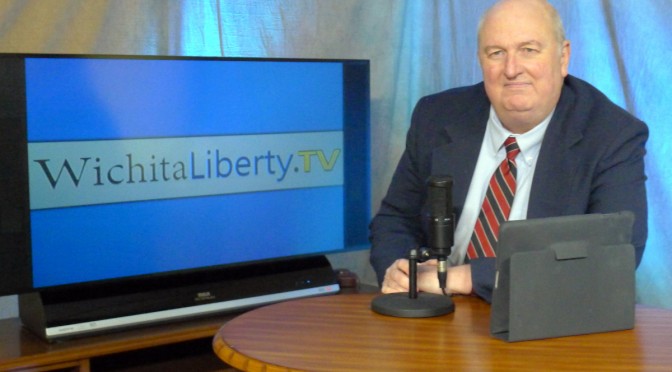Tag: Charter schools

Block grants a chance for more school choice in Kansas
The block grant school funding bill under consideration in the Kansas Legislature would hold districts harmless for enrollment declines due to school choice.

How do school choice programs affect budgets and performance of school districts?
Opponents of school choice programs argue the programs harm school districts, both financially and in their ability to serve their remaining students. Evidence does not support this position.

Wichita schools seek to rebrand
While poormouthing and suing taxpayers for more money, the Wichita school district wants to spend on a rebranding and marketing campaign.
Kansas newspapers against the children
A Kansas newspaper editorial illustrates that for the establishment, schools — the institution of public schools, that is — are more important than students.

WichitaLiberty.TV: Kansas school finance lawsuit, problems solved?
The Kansas Supreme Court handed down its ruling in Gannon v. Kansas, the school finance lawsuit. What did the court say, and did it address the real and important issues with Kansas schools?



